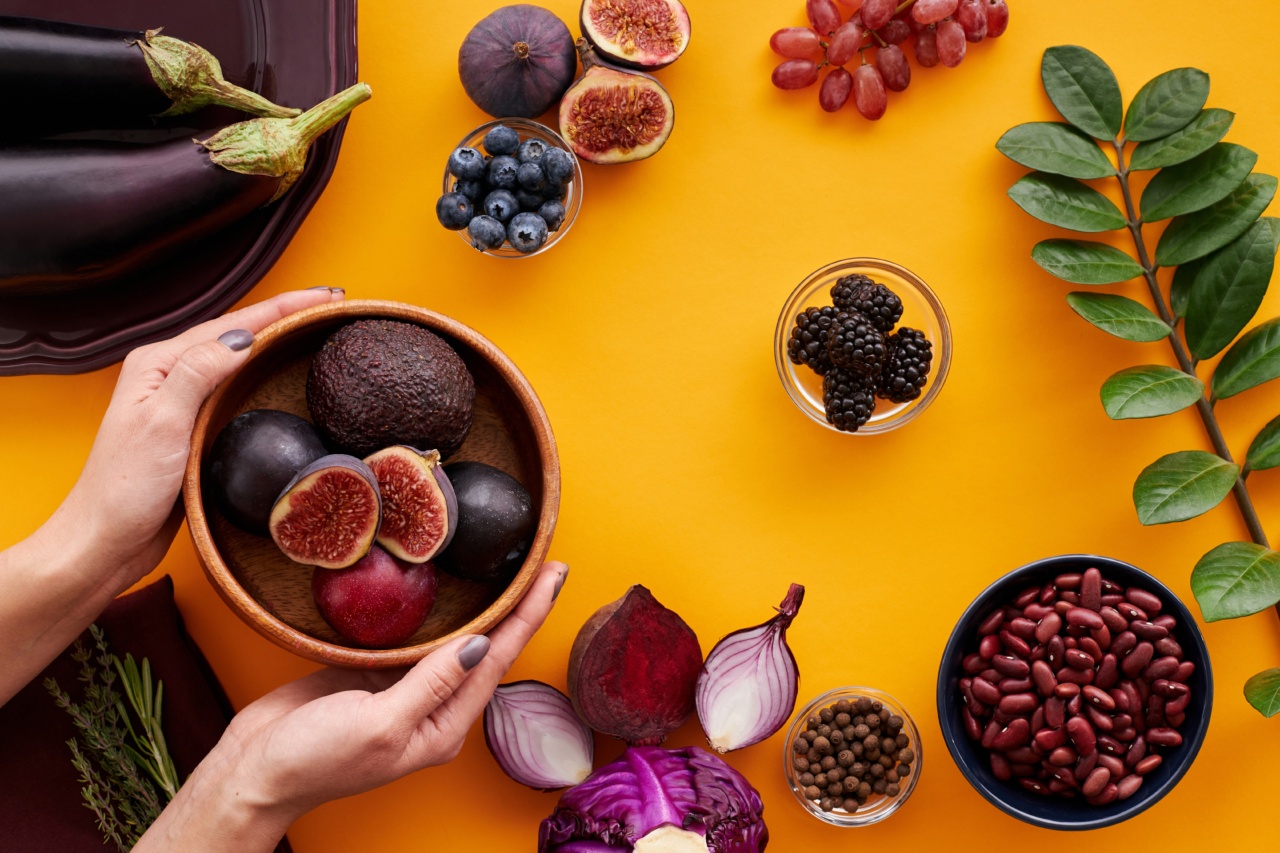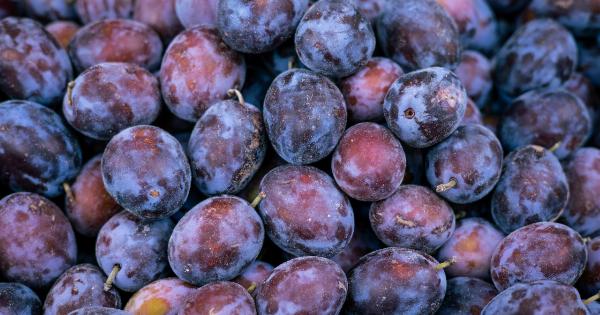Plums are succulent fruits that have been enjoyed for ages by people across the world. They are a stone fruit with edible flesh and a hard seed in the center. Plums come in different varieties, including European, Japanese, and American plums.
The fruit is highly prized for its great taste, various health benefits, and versatility in culinary applications. In this article, we will discuss why plums are regarded as “extra” fruits.
What makes Plums Extraordinary?
1. High Nutritional Value:.
Plums are loaded with nutrients that are vital for good health. They are rich in vitamins C, K, and A, and minerals like potassium, copper, and manganese.
They also contain dietary fiber and antioxidants that help to lower the risk of chronic diseases like cancer, heart disease, and diabetes.
2. Multiple Health Benefits:.
Studies have shown that plums can help to improve digestion, lower cholesterol levels, boost immunity, and promote healthy skin. They are also effective in preventing osteoporosis and maintaining healthy bones.
3. Great Flavor:.
Plums have a sweet and tangy flavor with a juicy texture that makes them a joy to eat. They can be eaten fresh, dried, or cooked in various recipes like jams, pies, and tarts. They are also a popular ingredient in savory dishes like sauces and marinades.
4. Versatility:.
Plums are a versatile fruit that can be used in many different ways. They can be used as a snack, added to salads, roasted with meats, or used to make delicious desserts.
This versatility makes the fruit highly valued in many cultures and cuisines around the world.
The Different Types of Plums
There are several varieties of plums that are commonly consumed, including:.
1. European Plums:.
Also known as Prunus domestica, these plums are typically smaller and have a firmer texture than other types of plums. They are commonly used for cooking and preserving.
2. Japanese Plums:.
Known as Prunus salicina, these plums have a sweeter flavor and a softer texture than European plums. They are often eaten fresh or used in desserts.
3. American Plums:.
Also known as Prunus americana, these plums are native to North America. They are smaller and have a more tart flavor than other types of plums. They are often used for making jams, jellies, and other preserves.
The Nutritional Value of Plums
Plums are highly nutritious fruits that are packed with vitamins, minerals, and fiber. Here is a summary of the nutritional value of plums:.
Calories: 46.
Carbohydrates: 11.5 grams.
Fiber: 1.5 grams.
Protein: 0.7 grams.
Fat: 0.2 grams.
Vitamin C: 10% of the RDI.
Vitamin K: 5% of the RDI.
Vitamin A: 4% of the RDI.
Potassium: 3% of the RDI.
Copper: 3% of the RDI.
Manganese: 2% of the RDI.
Other minerals present in plums include magnesium, phosphorus, and calcium. Plums also contain antioxidants called anthocyanins, which give them their distinct color and help to protect against cellular damage and inflammation.
Health Benefits of Plums
1. Digestive Health:.
Plums are an excellent source of dietary fiber, which helps to keep the digestive system healthy. Fiber promotes regular bowel movements and can prevent constipation and other digestive problems.
2. Cardiovascular Health:.
Studies have shown that plums can help to lower cholesterol levels and reduce the risk of heart disease. They contain compounds called phenolic acids that have been shown to have cholesterol-lowering effects.
3. Immunity:.
Plums contain vitamin C, which is essential for maintaining a healthy immune system. Vitamin C acts as an antioxidant and helps to neutralize harmful free radicals that can damage cells.
4. Skin Health:.
The antioxidants present in plums help to protect the skin from environmental damage and premature aging. They also contain vitamin C, which is important for collagen synthesis and can help to improve skin texture and tone.
5. Bone Health:.
Plums are a good source of vitamin K, which is essential for bone health and can help to reduce the risk of osteoporosis. They also contain calcium and other minerals that are important for maintaining strong bones.
Culinary Uses of Plums
Plums are a popular fruit that can be used in many different culinary applications. Here are some ideas for using plums in your cooking:.
1. Fresh:.
Plums can be eaten fresh as a snack or added to salads for a sweet and tangy flavor. You can also slice and freeze them for a refreshing summer treat.
2. Dried:.
Dried plums, also known as prunes, are a popular snack that can be eaten on their own or used in baking and cooking. They are also a good source of fiber and can help to relieve constipation.
3. Baked Goods:.
Plums make a delicious addition to baked goods like pies, tarts, and crumbles. They can also be used to make preserves, jams, and jellies.
4. Savory Dishes:.
Plums can be used in savory dishes like sauces, marinades, and chutneys. They pair well with pork and chicken and can add a sweet and tangy flavor to your favorite recipes.
Conclusion
Plums are a highly valued fruit that has been enjoyed for centuries by people across the world. They are loaded with nutrients, rich in fiber and antioxidants, and have multiple health benefits ranging from digestive health to skin health.
Plums are also versatile and can be used in many different culinary applications, making them a valuable addition to any kitchen. So, the next time you see plums, remember that they are not just an ordinary fruit, but an “extra” fruit that you can use to add flavor, nutrition, and health benefits to your meals.





























